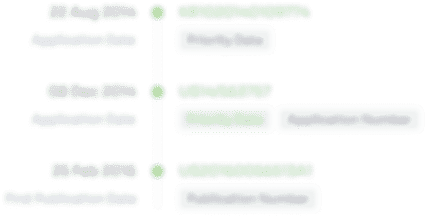Method and apparatus for controlling the voltage of electrochemical cells in a rechargeable battery
a technology of electrochemical cells and batteries, applied in the direction of batteries, instruments, transportation and packaging, etc., can solve the problems affecting the performance of the battery, etc., to achieve the effect of reducing the voltage across the terminal
- Summary
- Abstract
- Description
- Claims
- Application Information
AI Technical Summary
Benefits of technology
Problems solved by technology
Method used
Examples
Embodiment Construction
[0027] The accompanying drawings contribute not only to describing the invention, but may also contribute to defining it, where appropriate.
[0028] The invention relates to controlling the voltage of a rechargeable battery comprising at least two modules connected in series, with each module comprising at least one electrochemical cell.
[0029] In the example shown in FIG. 1, the battery BAT comprises modules Mi (where i=1 to N, N not being less than 2; e.g. N=15), each module comprising an electrochemical cell Gi, e.g. a rechargeable lithium-ion (Li / Ion) type cell. However the invention also applies to batteries of modules Mi each comprising a plurality of electrochemical cells Gij connected in series and / or in parallel. Furthermore, the invention also applies to types of electrochemical cell other than lithium cells, and in particular it applies to silver / zinc cells and to polymer cells, and in general it applies to all batteries in which the various electrochemical cells need to pre...
PUM
 Login to View More
Login to View More Abstract
Description
Claims
Application Information
 Login to View More
Login to View More - R&D
- Intellectual Property
- Life Sciences
- Materials
- Tech Scout
- Unparalleled Data Quality
- Higher Quality Content
- 60% Fewer Hallucinations
Browse by: Latest US Patents, China's latest patents, Technical Efficacy Thesaurus, Application Domain, Technology Topic, Popular Technical Reports.
© 2025 PatSnap. All rights reserved.Legal|Privacy policy|Modern Slavery Act Transparency Statement|Sitemap|About US| Contact US: help@patsnap.com